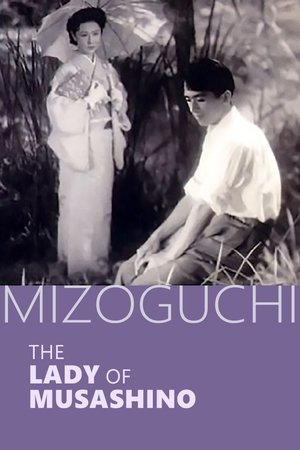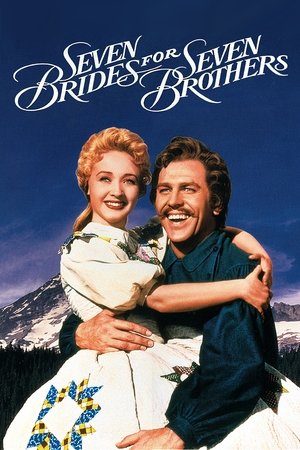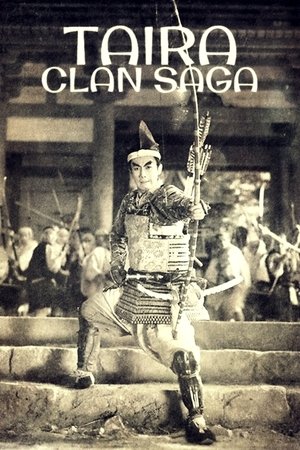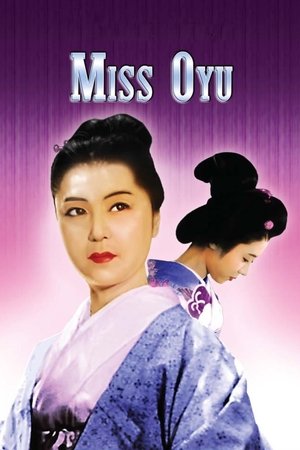The Lady of Musashino (1951)

| Director | Kenji Mizoguchi |
| Cast | Akihiko Katayama, Eitarō Shindō, Eizaburô Sakauchi, Ken'o Kawasaki, Kinuyo Tanaka |
| Year | 1951 |
| Country | Japan |
| Genres | Drama |
| Duration | 88 min |
| Release | 14 Sep 1951 |
| Language | 日本語 |
| Revenue | N/A |
| Trailer | Watch Trailer |
Synopsis
Set in post-war Japan, The Lady of Musashino tells the story of Michiko, a disillusioned young woman trapped in a loveless marriage. She confides in her younger cousin, Tsutomo, and the two become close, but decide not to consummate their affair. He instead becomes involved with the flirtatious Tomiko, who is also conducting an affair with Michiko’s husband. When Michiko finds that her husband has abandoned her, she decides to take her fate into her own hands.
Set in the aftermath of World War II, “The Lady of Musashino” offers a poignant exploration of human emotions and societal expectations. The film, directed by the acclaimed Kenji Mizoguchi, takes us through the life of Michiko, a woman disillusioned with her existence and trapped in a loveless marriage. This 1951 classic, which has garnered a respectable IMDb rating, is a testament to Mizoguchi’s mastery in depicting the intricate tapestry of human relationships set against the backdrop of a rapidly changing Japan.
At the heart of the narrative is Michiko, a character brought to life with nuance and depth. As she navigates her challenging life, Michiko finds solace in her younger cousin, Tsutomo. Their relationship, while emotionally intimate, remains unconsummated, highlighting the moral and cultural restraints that define their world. Tsutomo, on the other hand, is drawn to the vivacious Tomiko, a character who embodies the era’s shifting attitudes towards love and fidelity. Tomiko’s involvement with Michiko’s husband further complicates the web of relationships, driving the narrative towards its inevitable climax.
The film’s cast delivers exceptional performances that breathe life into Mizoguchi’s vision. Michiko’s character is portrayed with a silent strength that resonates with audiences, while Tsutomo and Tomiko provide contrasting perspectives on love and loyalty. As the story unfolds, Michiko discovers her husband’s betrayal, leading her to a crucial decision that will alter the course of her life. This turning point is where “The Lady of Musashino” transcends its period setting to become a universal story of empowerment and self-discovery.
“The Lady of Musashino” is more than just a tale of marital discord; it is a reflection on the societal changes in post-war Japan. The film’s genre, a blend of drama and romance, allows it to explore themes of duty, passion, and the quest for personal agency. Through Michiko’s journey, Mizoguchi challenges the traditional roles assigned to women, presenting a character who defies expectations and takes control of her destiny.
For those interested in exploring this cinematic gem, further details can be found at The Lady of Musashino (1951) The film’s setting in the suburbs of post-war Tokyo adds an additional layer of poignancy, as the characters grapple with both personal and societal upheavals. The landscapes and settings are captured with a delicate touch, serving as a backdrop to the unfolding drama.
Director Kenji Mizoguchi, renowned for his empathetic portrayal of women’s issues, crafts “The Lady of Musashino” with a sensitivity that is both reflective and critical. His direction ensures that every frame contributes to the storytelling, enhancing the emotional weight of the narrative. The film’s pace, deliberate yet engaging, allows viewers to fully immerse themselves in Michiko’s world, feeling the gravity of her decisions and the constraints she faces.
The film’s enduring appeal lies in its ability to resonate with audiences across different eras. While rooted in a specific historical context, the themes explored in “The Lady of Musashino” are timeless. It speaks to anyone who has ever felt trapped by circumstances and yearned for change. Through Michiko, we are reminded of the power of self-determination and the courage it takes to break free from societal expectations.
In conclusion, “The Lady of Musashino” is a compelling exploration of love, betrayal, and personal empowerment. Its rich narrative, combined with stellar performances and Mizoguchi’s expert direction, makes it a must-watch for anyone interested in classic cinema. As Michiko’s story unfolds, viewers are invited to reflect on their own lives and the choices that define them. This film not only captures a moment in time but also provides insights into the human condition, making it a valuable addition to the world of film.
















